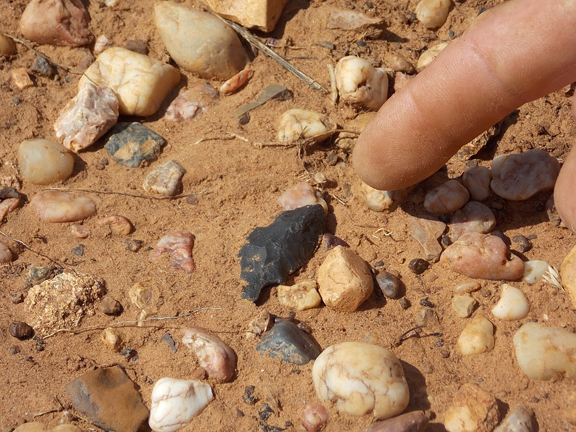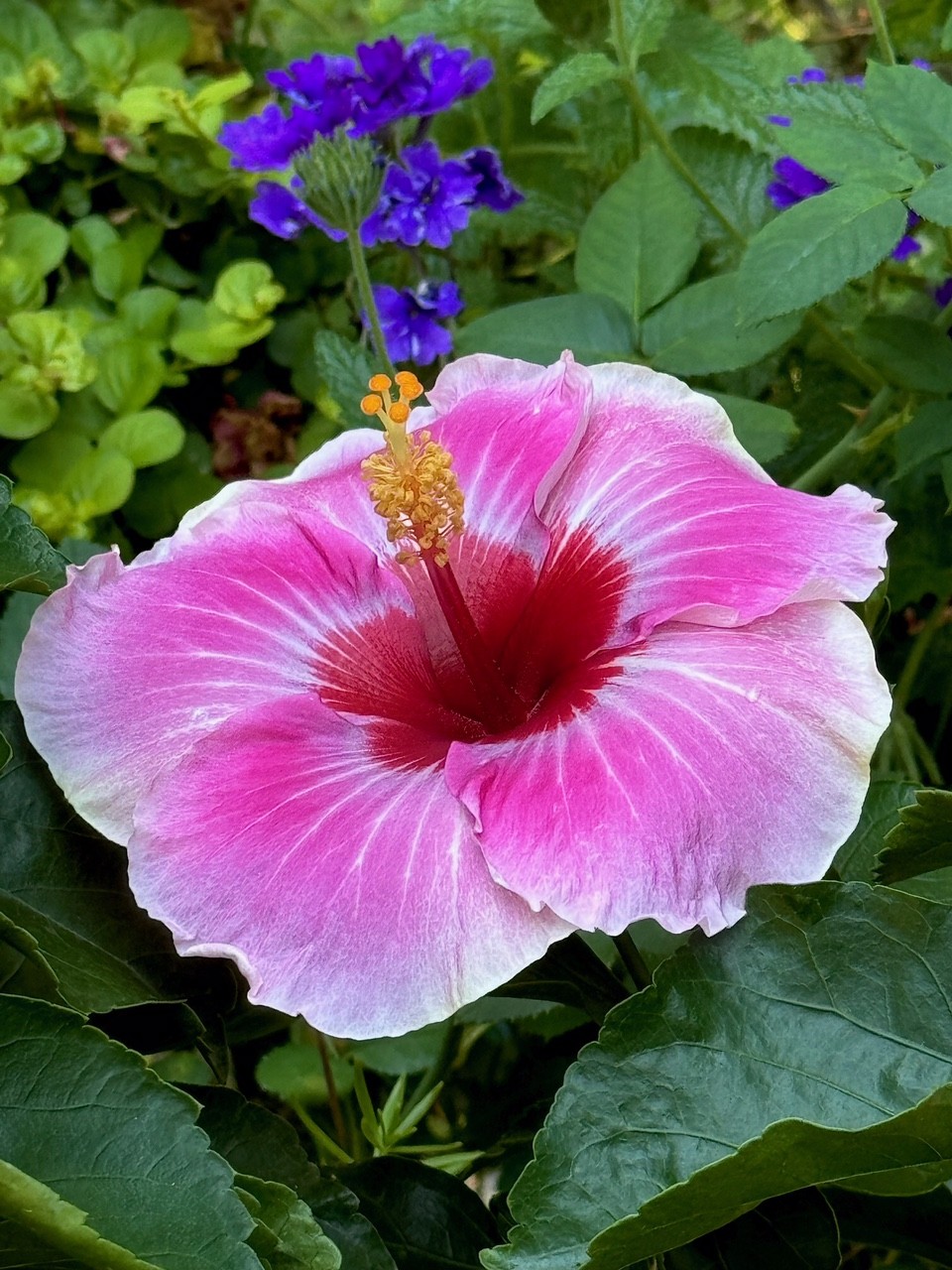Outdoor
Messages from the Past

By contributing writer Jerry Williams
On or about January 4th, 2010 a King County ranch foreman shot 51 buffalo that had strayed off the QB Pasture Reserve. A neighboring ranch foreman was charged with a thirddegree felony punishable by two to 10 years in prison and a fine up to $10,000. http://www.gosanangelo. com/news/2010/mar/13/man-to-betried-
tuesday-for-killing-51-buffalo/. The Texas Bison Association was shocked and campaigned for new legislation. Now for first time bison are protected by the Texas Estray Law authored by Sen. Craig Estes of Wichita Falls. Gov. Rick Perry signed the bill into law on May 10, 2013.
Bison once numbered in the tens of millions and were an integral part of the sustenance of the American Indian and later businessmen profited from the buffalo in their commercial enterprises. “The four main herds of buffalo in Texas migrated from northern Montana and entered Texas between the 99th and 101st meridians on established trails,” according to https://www.tshaonline. org/handbook/online/articles/tcb02. This location translates to points on County Rd B northwest of Perryton, TX, (101st meridian) and points along County Rd 126 E north east of Vernon, TX (99th meridian).
In the late 1870s and early 1880s Henrietta, TX, was a buffalo hunting center. The Old Buffalo Road ran from Cottle and Foard counties to Henrietta where Sam Satterfield had a buffalo hide storage yard that was a half mile long.
To read more pick up the March 2014 issue of North Texas Farm & Ranch.

HOME
Parting Shot

By: Jelly Cocanougher
Delicate microbes buried just beneath the surface. We walk by them, unbeknownst to us. Spores, spawn, and sclerotia, each with distinct characteristics. It is said that these fungi are all connected, speaking to one another as they populate the earth. The interconnectedness of all living things and the decaying world, such beauty lies within these otherworldly alien organisms.

HOME
Varietal Honey

By: Landon Moore
Landon Moore is the Wise County 4-H President and a member of the Wise County 4-H County Council. He is involved in beekeeping, as well as raising rabbits and poultry.
This essay was one that he wrote, and it was named the champion for both the Texas and National chapters of the Foundation For The Preservation of Honey Bees.
Varietal honey is honey that comes from a single source.
This honey has a flavor derived from the source flower and can even have a similar scent. In general, lighter colored honeys have a more subtle taste and dark honeys are more intense. Varietal honey has been compared to wine, in that honeys produced in different years can be distinguished, even if they come from the same flower and location.
This phenomenon is called terroir and is responsible for the individual taste of each honey harvest.
To read more, pick up a copy of the October edition of North Texas Farm & Ranch magazine, available digitally and in print. To subscribe by mail, call 940-872-5922.

HOME
The Garden Guy: America’s Sweetheart

By: Norman Winter | Horticulturist, Author, Speaker
Early in the summer, I was sent a press release that caused one of those holy wow moments. The headline said it all, “Proven Winners ColorChoice Expands Catalog with the Addition of Hollywood Hibiscus.”
I had already become familiar with the Hollywood Hibiscus series and was thrilled that the Proven Winners was adding this to their lineup.
This flower is nothing short of beautiful and exhibits prolific flower production. The flowers show three distinct colors, deep red in the very center, then the majority which is a rich rose pink with lighter pink to white along the margins.
To read more, pick up a copy of the October edition of North Texas Farm & Ranch magazine, available digitally and in print. To subscribe by mail, call 940-872-5922.

-

 Country Lifestyles2 years ago
Country Lifestyles2 years agoScott & Stacey Schumacher: A Growth Mindset
-

 Country Lifestyles8 years ago
Country Lifestyles8 years agoStyle Your Profile – What your style cowboy hat says about you and new trends in 2017
-

 HOME8 years ago
HOME8 years agoGrazing North Texas – Wilman Lovegrass
-

 Equine1 year ago
Equine1 year agoThe Will to Win
-

 Country Lifestyles5 years ago
Country Lifestyles5 years agoAmber Crawford, Breakaway Roper
-

 Outdoor9 years ago
Outdoor9 years agoButtercup or Primrose?
-

 Country Lifestyles8 years ago
Country Lifestyles8 years agoJune 2016 Profile – The man behind the mic: Bob Tallman
-

 Country Lifestyles8 years ago
Country Lifestyles8 years agoDecember 2016 Profile, Rusty Riddle – The Riddle Way




Sam Satterfield
January 31, 2019 at 3:30 pm
Is this Sam Houston Satterfield of Henrietta, Texas? He owned and ran a drug store in Henrietta until it closed due to depression in 1929? He is burried in Hope Cemetary in Henrietta and is my father.
—Sam Satterfield, Jr. (83)
615.498.6594 cell/text phone
Email. [email protected]